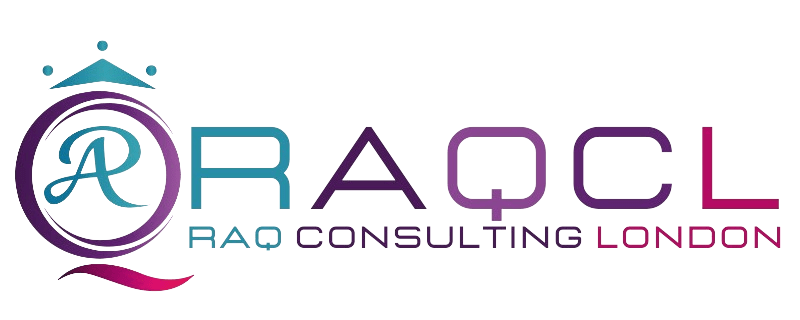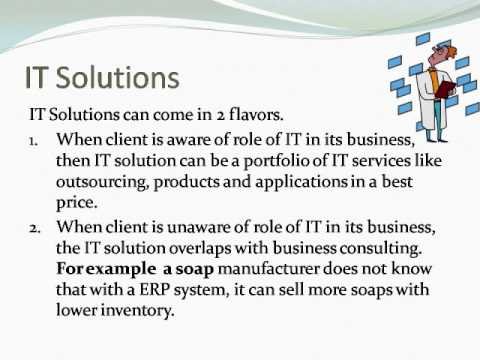Effective communication is the cornerstone of successful client relationships in any business. Whether you’re a freelancer, a small business owner, or part of a larger organization, clear and open communication is vital for understanding client needs, building trust, and delivering exceptional service. Here are four tips for effectively communicating with clients:
- Active Listening: Understand Their Needs and Expectations
One of the most fundamental aspects of effective communication is active listening. Take the time to understand your client’s needs, goals, and expectations. Encourage them to share their insights and concerns openly. This not only demonstrates your commitment to their project but also helps you gain a deeper understanding of their vision. Repeat back key points to ensure you’ve correctly interpreted their requirements, and ask clarifying questions to fill any gaps in your understanding.
- Establish Clear and Realistic Expectations
Set clear and realistic expectations from the beginning. Clearly communicate project timelines, deliverables, and any potential challenges. Be transparent about what you can and cannot deliver within the given constraints. By managing expectations effectively, you reduce the likelihood of misunderstandings and dissatisfaction later in the process. Regularly update clients on project progress, and address any unforeseen issues promptly. This proactive approach fosters trust and demonstrates your commitment to transparency.
- Choose the Right Communication Channels
Different clients have different communication preferences. Some may prefer emails for formal updates, while others might appreciate a quick phone call or a video conference. Understanding your client’s preferred communication channels and adapting to them can enhance the overall communication experience. Additionally, establish a primary mode of communication for urgent matters and routine updates. Having a clear communication protocol ensures that important information is conveyed promptly and efficiently.
- Provide Clear and Concise Updates
Regular updates are crucial for keeping clients informed about project developments. However, the key is to provide updates that are clear, concise, and relevant. Avoid overwhelming clients with unnecessary details. Instead, focus on the most critical aspects of the project, including milestones achieved, upcoming tasks, and any adjustments to the original plan. Use visual aids like charts or progress reports when appropriate. By delivering concise updates, you demonstrate professionalism and respect for your client’s time.
Bonus Tip: Anticipate and Address Concerns
Proactively address potential concerns before they become significant issues. If you foresee challenges or changes in the project scope, communicate these matters to the client as soon as possible. Present alternative solutions and discuss potential impacts on timelines or budgets. Proactive communication not only demonstrates your commitment to transparency but also allows clients to feel more involved in the decision-making process.
In conclusion, effective communication with clients is a multifaceted skill that involves active listening, setting clear expectations, adapting to preferred communication channels, and providing concise updates. By incorporating these tips into your client interactions, you can build stronger relationships, foster trust, and increase overall satisfaction with your services.







